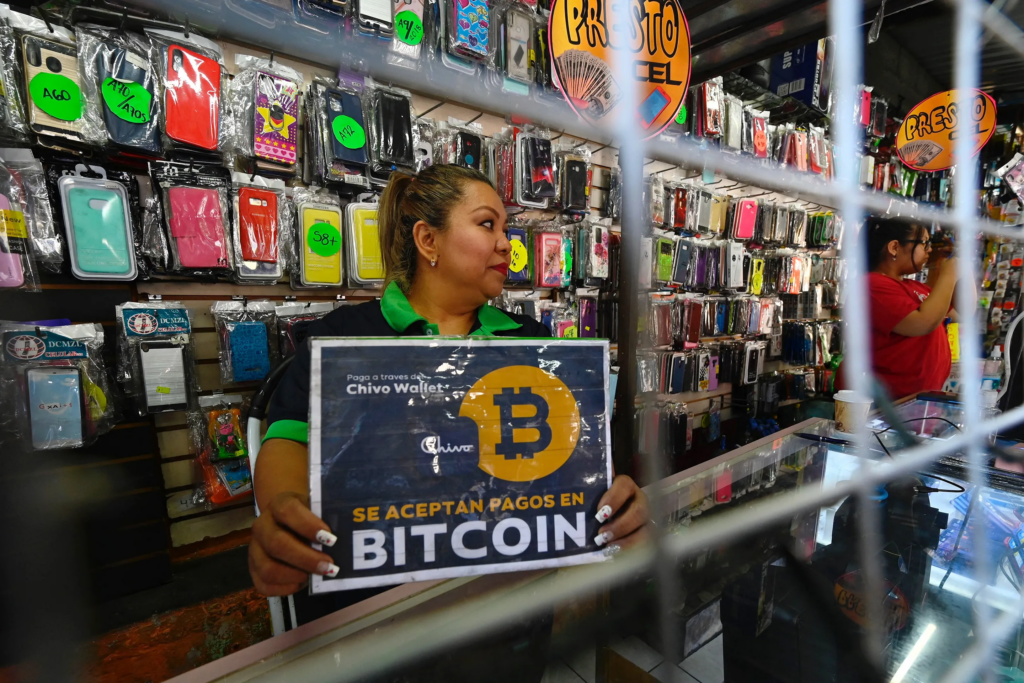The cryptocurrency world is abuzz with speculation and predictions, and one of the boldest comes from Max Keiser, a well-known Bitcoin evangelist. Keiser recently claimed that Tether (USDT) and El Salvador’s Bitcoin adoption could push BTC’s price to an astonishing $220,000. While this prediction might seem far-fetched to some, there are several underlying factors that make this scenario plausible. Let’s delve into how Tether and El Salvador’s policies might drive Bitcoin to new heights.
El Salvador’s Bitcoin Adoption: A Game-Changer
El Salvador made headlines by becoming the first country to adopt Bitcoin as legal tender. This historic move has the potential to create a significant impact on Bitcoin’s price for several reasons:
- Nationwide Adoption: With Bitcoin being accepted for everyday transactions, from buying groceries to paying for services, the demand for BTC is expected to surge. This increase in demand could drive up the price as more Salvadorans use and hold Bitcoin.
- Remittances: A significant portion of El Salvador’s GDP comes from remittances sent by Salvadorans living abroad. By using Bitcoin for remittances, the process becomes cheaper and faster, increasing the inflow of BTC into the country and further boosting demand.
- Economic Integration: As more businesses and countries see the benefits of Bitcoin integration demonstrated by El Salvador, we could see a ripple effect, leading to broader adoption and increased global demand for Bitcoin.

Tether’s Role in Bitcoin’s Price Surge
Tether (USDT), the most popular stablecoin, plays a crucial role in the cryptocurrency ecosystem. Its influence on Bitcoin’s price can be attributed to several factors:
- Liquidity Provider: Tether acts as a significant liquidity provider in the crypto markets. Traders often use USDT to move in and out of positions quickly. As the use of Tether increases, so does the liquidity in Bitcoin markets, making it easier for large transactions to occur without causing significant price fluctuations.
- Market Stability: During times of market volatility, traders flock to stablecoins like Tether to protect their assets. This behavior creates a buffer for Bitcoin, as traders convert back to BTC once the market stabilizes, thus supporting its price.
- Widespread Usage: Tether’s widespread acceptance across various exchanges and trading platforms means that it plays a pivotal role in trading pairs with Bitcoin. The higher the trading volume with USDT, the more it indirectly supports Bitcoin’s liquidity and price stability.

Max Keiser’s Prediction: The $220K Target
Max Keiser’s bold prediction of Bitcoin reaching $220,000 hinges on the interplay between Tether and El Salvador’s Bitcoin adoption. Here’s how these factors could contribute to this price target:
- Increased Demand from El Salvador: As mentioned, the nationwide adoption of Bitcoin in El Salvador could significantly increase demand. With more people using and holding Bitcoin, the supply-demand dynamics would push the price upward.
- Enhanced Liquidity from Tether: The role of Tether as a liquidity provider and market stabilizer means that as more traders use USDT, Bitcoin’s market can handle larger trades with less impact on price. This increased liquidity can support higher price levels.
- Global Adoption Ripple Effect: If El Salvador’s experiment with Bitcoin proves successful, other countries and businesses might follow suit, leading to a global increase in demand for Bitcoin. This broader adoption could drive prices to unprecedented levels.
- Market Psychology: High-profile predictions like Keiser’s can also play a role in market psychology. When influential figures make bold predictions, it can create a FOMO (fear of missing out) effect, where more investors pile into Bitcoin, driving the price up.

Challenges and Risks
While the potential for Bitcoin to reach $220,000 is exciting, it’s important to consider the challenges and risks involved:
- Regulatory Hurdles: Governments worldwide are still grappling with how to regulate cryptocurrencies. Any negative regulatory developments could impact Bitcoin’s price trajectory.
- Market Volatility: Bitcoin is known for its price volatility. Sudden market shifts or major sell-offs could temporarily derail the upward momentum.
- Technological Risks: Issues related to Bitcoin’s scalability and transaction speeds need to be addressed to support widespread adoption and usage.
Conclusion
Max Keiser’s prediction of Bitcoin reaching $220,000, driven by Tether and El Salvador’s adoption, is ambitious but not entirely out of reach. The interplay of increased demand from El Salvador, enhanced liquidity from Tether, and potential global adoption could indeed propel Bitcoin to new heights. However, investors should remain cautious and consider the inherent risks and volatility associated with the cryptocurrency market. As always, thorough research and a clear understanding of market dynamics are essential before making any investment decisions.










